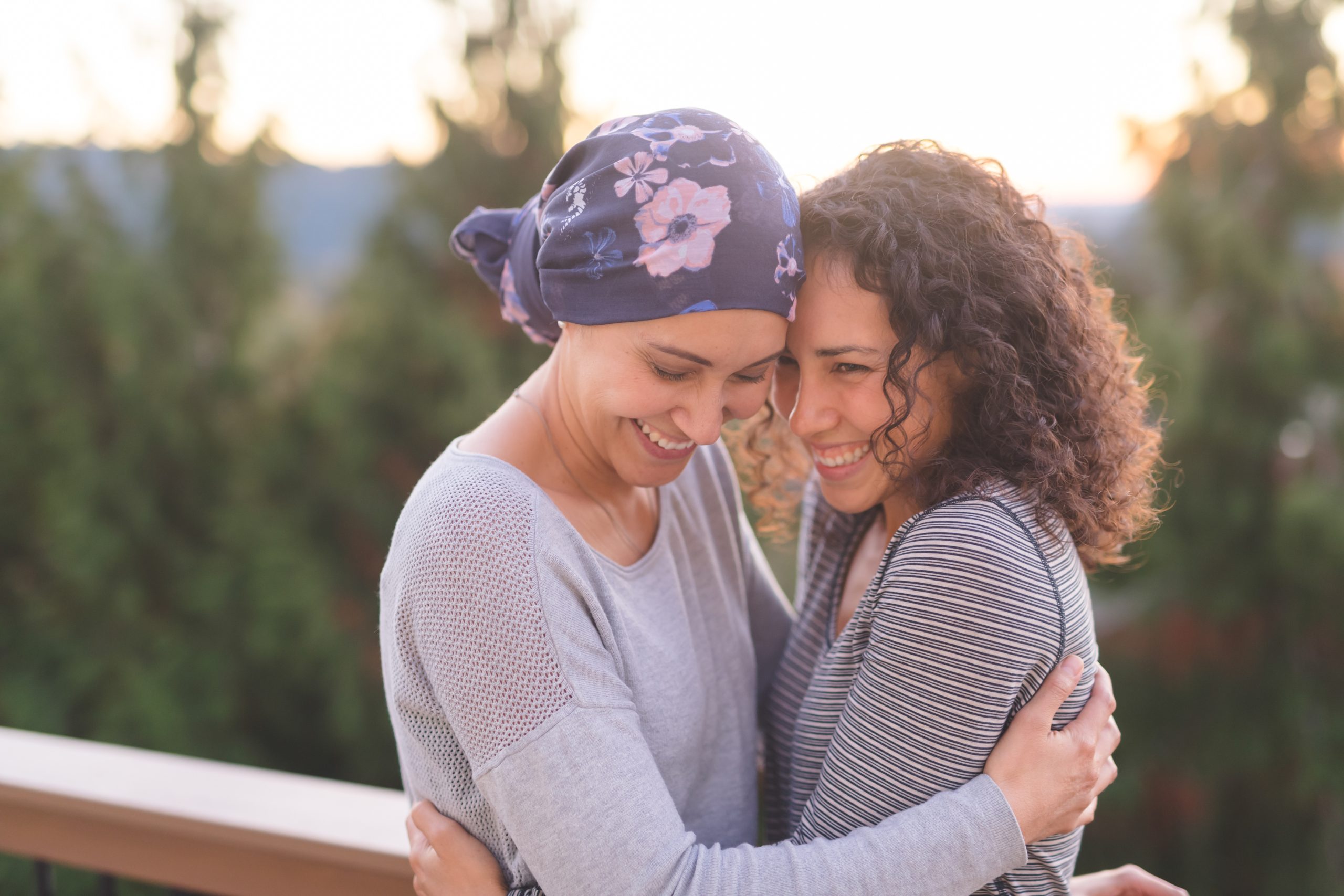Which Home and Personal Care Product Ingredients Could Cause Breast Cancer?
Since 1960, breast cancer diagnosis rates have increased 150%. While a family history of breast cancer increases the risk of breast cancer, most women diagnosed with this disease (about 8 out of 10) do not have it in their family. Although there’s no sure way to prevent breast cancer, living a healthy lifestyle makes a difference. The American Cancer Society urges women to take charge of their health, adopting a healthy lifestyle to lower the risk of developing breast cancer, or having it return.
One of the ways you can protect your breast health this month, during Breast Cancer Awareness Month, and every month is to avoid harmful, potentially cancer-causing ingredients in the home and personal care products you use every day. Be sure to read labels and watch out for these toxins:
Phthalates: Just one of many chemicals legally hidden in the ingredient “fragrance.” It’s linked with breast cancer, as well as birth defects, diabetes, obesity, autism, and ADHD. This harmful chemical is found in fragrances and perfumes.
Parabens: Studies have linked these endocrine disruptors with breast cancer, allergic reactions, and skin rashes. A 2011 study conducted by the California Pacific Medical Center linked BPA/methylparaben with breast cancer, and the combination blocked the effectiveness of cancer drugs like tamoxifen. Parabens are commonly used in everyday cosmetic products and deodorants.
Aluminum compounds: Just like parabens, these compounds mimic estrogen, which promotes growth of breast cancer cells. Aluminum is an active ingredient in many antiperspirants.
PTFE/PFOA: Polytetrafluoroethylene (PTFE, you might know it as Teflon) may be contaminated with perfluorooctanoic acid (PFOA), which is a possible carcinogen, and exposure to these compounds is associated with an increased incidence of breast cancer, as well as delayed menstruation and later breast development. PTFE/PFOA can be found in makeup, sunscreen, shampoo, and shaving cream.
Synthetic color/dyes: These ingredients are made from coal tar, a known carcinogen, and can be found in cosmetics and hair dyes.
Butylated Hydroxytoluene (BHT)/Butylated Hydroxyanisole (BHA): A probable human carcinogen, these ingredients are also known to be immune system toxicants and endocrine disruptors. They are found in many cosmetics and personal care products, used to slow down the rate at which product ingredients change in color.
Isobutane: This ingredient may contain carcinogenic contaminant 1,3-butadiene, and it’s commonly found in hair spray, gel, mousse, and shaving cream.
Petrolatum: A petroleum product, petrolatum can be contaminated with polycyclic aromatic hydrocarbons, which may cause cancer. This ingredients is often used in hair products, lip balms, lip sticks, and moisturizers.
Formaldehyde releasers: DMDM hydantoin, diazolidinyl urea, imidazolidinyl urea, and quaternium-15 are just some formaldehyde-releasing ingredients. Research studies suggest that exposure to formaldehyde may increase the risk of various forms of cancer. Formaldehyde and formaldehyde releasers can be found in nail polish, body wash, cleanser, shampoo, conditioner, and eye shadow.
Glycol: This synthetic petrochemical mix is linked to cancer, developmental/reproductive issues, endocrine disruption, and more. Moisturizers, sunscreen, makeup, shampoo, conditioner, and hair spray often contain glycol.
Mineral oil: Derived from petroleum, mineral oil may be contaminated with cancer-causing polycyclic aromatic hydrocarbons (PAHs). Mineral oil is used in skin care products like cold cream and medical ointments.
These are just some of the toxins to beware of in your everyday products. Consult our list of ingredients to avoid when shopping for home and personal care products for your family. These harmful ingredients are found in everything from makeup, moisturizers, bath and shower products, and diaper rash ointment, to laundry detergent, dish soap, stain removers, surface cleaners, and more.
Additional Tips to Protect Breast Health
The American Cancer Society suggests these five tips to help protect your breast health:
- Watching your weight. Being overweight or obese increases your risk of breast cancer, so if you’re already carrying extra pounds, losing some may lower that risk. A healthy diet helps you maintain a healthy weight and studies link a diet rich in vegetables, fruits, poultry, fish, and low-fat dairy products to a reduced risk of breast cancer.
- Being physically active. Growing evidence shows that regular physical activity helps reduce breast cancer risk.
- Minimizing your time spent sitting. According to an American Cancer Society study, women who spent six or more hours each day sitting (when not working) had a 10% greater risk for invasive breast cancer, compared with women who sat less than three hours a day, and an increased risk for other cancer types as well.
- Limiting how much alcohol you drink. Research shows that women who have two or more alcoholic drinks daily have a higher risk of breast cancer than women who have only one drink per day or none at all.
- Avoiding or limiting hormone replacement therapy. Researchers have found that postmenopausal women who take a combination of estrogen and progestin may be more likely to develop breast cancer. Breast cancer risk appears to return to normal within five years after stopping hormone replacement therapy.
Resources:
Simon, Stacy. (10 Oct 2016). Five Ways to Fight Breast Cancer. American Cancer Society.
Simon, Stacy. (2 Oct 2017). Five Ways to Reduce Your Breast Cancer Risk. American Cancer Society.
(19Sept 2018). 7 Harmful Ingredients in Your Deodorant. Organics.
Andrews, David; Burns, Carla. (14 Mar 2018). Is Teflon in Your Cosmetics? Environmental Working Group.
Cunningham, Vanessa. (23 Jan 2014). 10 Toxic Beauty Ingredients to Avoid. Huffington Post.

